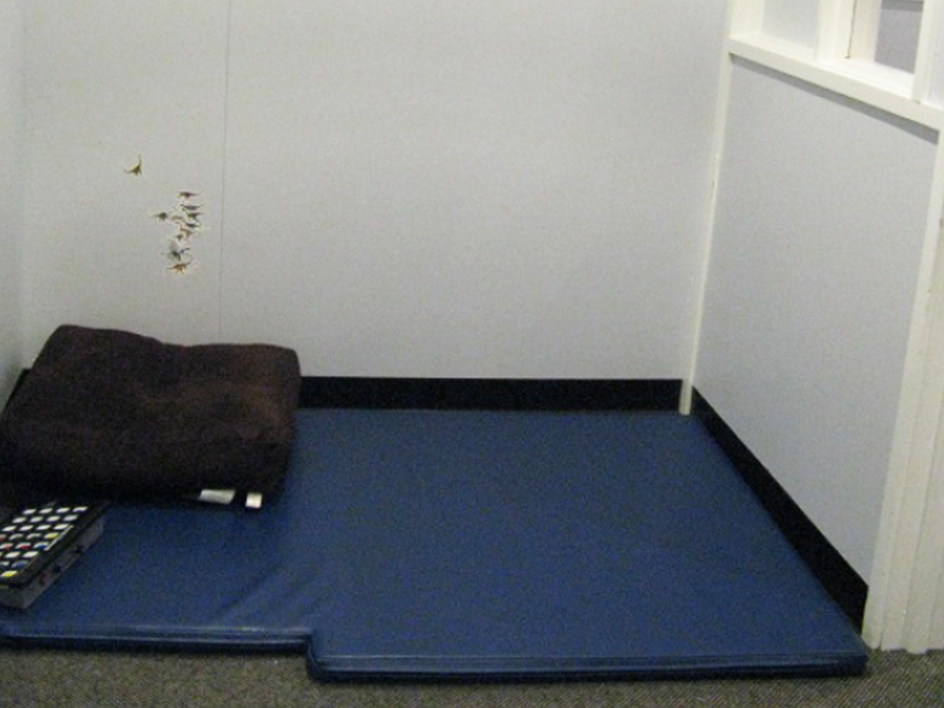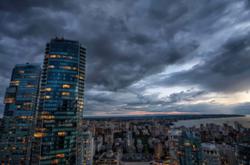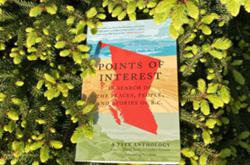It’s been five years since a B.C. disability rights group blew the whistle on public schools’ common practice of restraining or secluding students, the majority with special needs.
But a new report from Inclusion BC shows the practice hasn’t gone away, and previous government action has yielded minimal results.
Released on May 16, Stop Hurting Kids II details survey responses from 170 parents and guardians who completed the organization’s 44 question online survey last fall.
Inclusion BC executive director Faith Bodnar told The Tyee she believes there are even more parents with children who’ve been restrained or secluded, but a combination of not knowing about the survey, fearing repercussions from speaking out, or not knowing what’s happening to their kids have kept those voices silent.
“This survey and the one in 2013 said most parents don’t find out except by someone telling them who witnessed it, or happening to be in the school at an unexpected time and they see it,” she said.
“This is wrong, parents should be knowing these things and we should be seeking to learn from them rather than repeat them again and again.”
Of those who did participate in the survey, the majority identified their children as being male between the ages of five and eight, and having some ministry-recognized special needs designation. Instances of seclusion and restraint dropped off as children got older.
Of the parents who reported their child being restrained in the 2016/17 school year, there were five reports of students being restrained in school on a daily basis, and five on a weekly basis. Methods of restraint ranged from being tied to a chair, restrained while lying face down, and even forced into a large Rubbermaid tote.
Of those who reported instances of seclusion, where students are kept in a space alone that they are physically prevented from leaving on their own, nine survey respondents reported their children being left in seclusion for more than three hours, and one report of a student who was kept away from other children all day, every day.
The impact of these actions on children’s well-being is severe, Bodnar says.
“We heard reports of physical harm, emotional and psychological trauma. One of the reports is that it took the family three weeks for their child to actually de-escalate and calm down. It caused anxiety and an unwillingness to go back to school,” she said.
But it’s also traumatic for parents, Bodnar added. “A huge betrayal when you find these things out,” she said.
Of the parents surveyed who reported the incidences of seclusion to the school, 89 per cent were unsatisfied with the response, while 97 per cent of parents who reported restraint were unsatisfied with the school’s response. Half of them removed their child from the school.
Bodnar is also concerned about the children who witness the treatment of other children, saying it sends the wrong message about how to treat people with special needs designations.
“What does that say to them about those other students? Are they going to be afraid of them? Are they going to get invited over? We probably know what the response is,” she said. “It certainly doesn’t promote belonging.”
The original Stop Hurting Kids report released in 2013 was based on the survey responses of about 200 parents, and included the following recommendations for the provincial government: legislation against the use of seclusion and restraint, except in cases of protecting children from hurting themselves or others, and a requirement to report and track; requiring every district to create their own policies regarding use of seclusion and restraint; training educators in de-escalation techniques; and understanding and better oversight among school staff of positive behaviour enforcement techniques, like the Mandt System.
In 2015 the province responded by releasing voluntary provincial guidelines on seclusion and restraint, but only 20 of the province’s 60 public school districts have developed their own policies.
The latest report boils the recommendations down to three approaches: a prohibition order on the practice; accountability measures; and financial and policy supports for violence-free alternatives. This includes again requiring every district to have their own policies against the practice, hiring more resource teachers and education assistants, and training both current teachers and education students in “positive alternatives” to seclusion and restraint.
In an interview with The Tyee, Education Minister Rob Fleming said all districts without clear policies in place will be required to review the ministry guidelines, while the superintendents will be expected to lead the effort to create and implement their own policies by the end of 2018.
“One of the gaps that’s pretty clear is too often parents aren’t being told when incidents that could be described as serious are happening in a school setting with their child,” he said, adding his deputy minister is taking on communication with the districts about this and establishing accountability measures. Education deans at the province’s public universities will also be expected to read the report.
While no new funding is attached for teacher training, special needs education is included in the ongoing public school funding review, the results of which are expected by the end of this summer.
Fleming also pointed to the additional 140 full-time equivalent (FTE) special education teacher positions, 600 FTE education assistant positions, and 180 FTE teacher psychologist positions in the province hired since the 2016/17 school year, all of whom work directly with students with special needs.
But Bodnar says those hires aren’t enough to change the culture of over-relying on seclusion and restraint.
“I’ve been in this work for 30 years and I don't think that that’s the reason why we have it — I think it impacts it. I think the real reason is because we get away with it, and I think that there has not been an honest acknowledgement that these things are wrong,” she said.
“If we’re ever going to change it we have to say that it’s wrong and we’re not going to do it anymore, and these are the things that we’re going to do so we don’t have to.” ![]()
Read more: Health, Education, BC Politics
















Tyee Commenting Guidelines
Comments that violate guidelines risk being deleted, and violations may result in a temporary or permanent user ban. Maintain the spirit of good conversation to stay in the discussion.
*Please note The Tyee is not a forum for spreading misinformation about COVID-19, denying its existence or minimizing its risk to public health.
Do:
Do not: